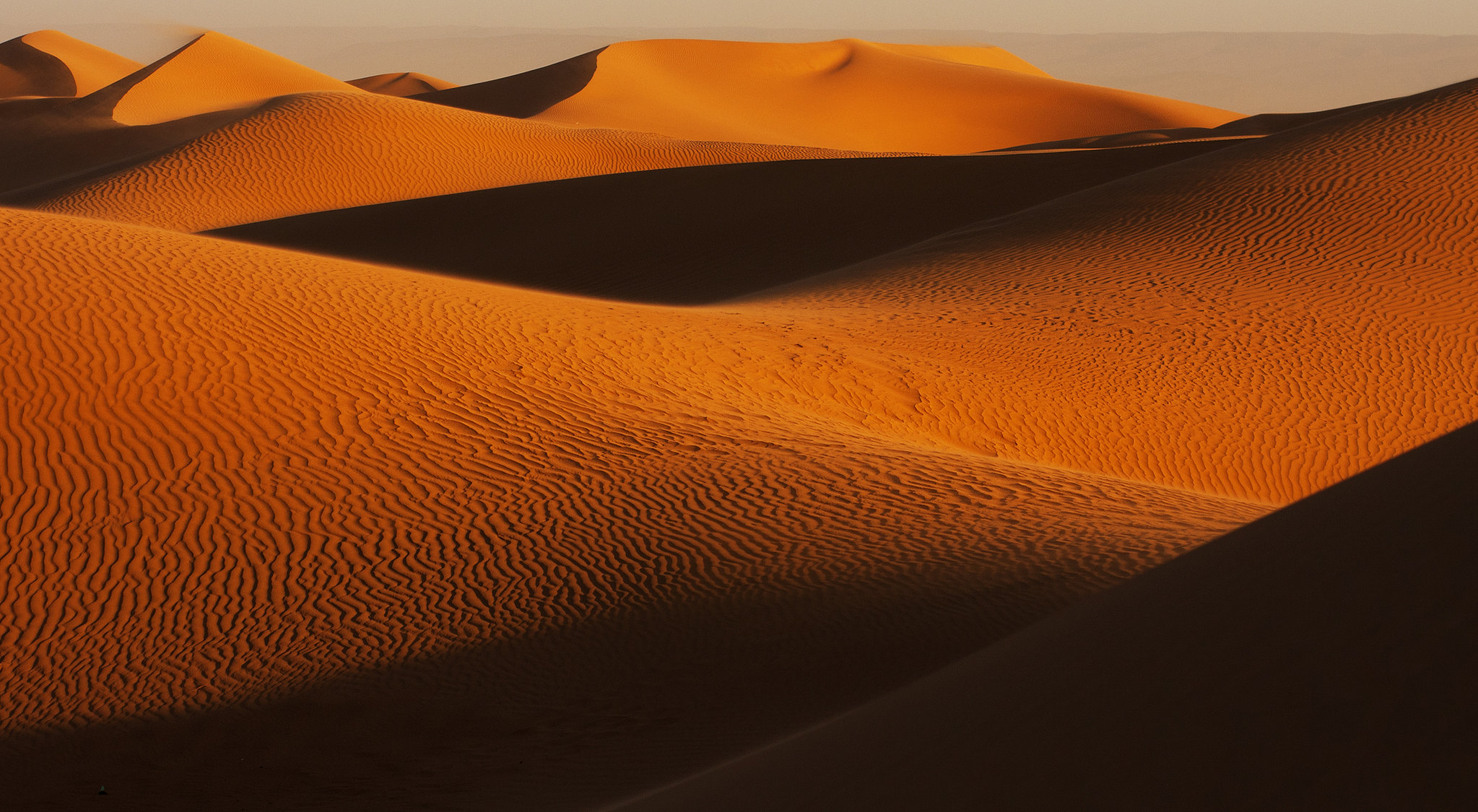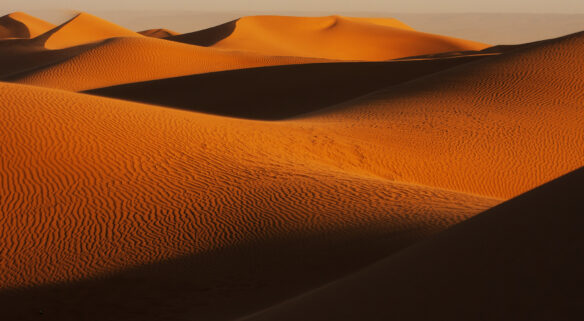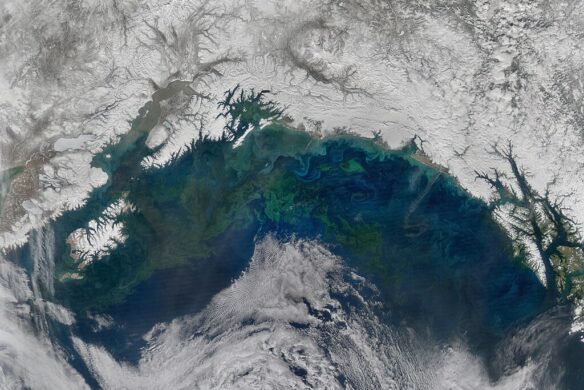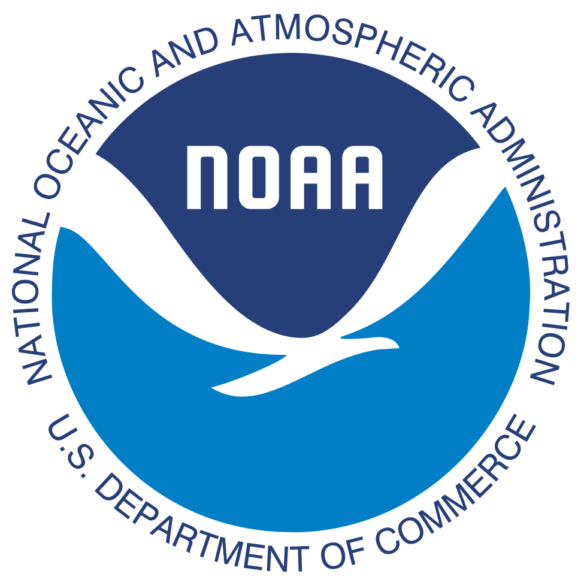Excerpt:
“Dune,” widely considered one of the best sci-fi novels of all time, continues to influence how writers, artists and inventors envision the future…when Herbert sat down in 1963 to start writing “Dune,” he wasn’t thinking about how to leave Earth behind. He was thinking about how to save it….
Herbert wanted to tell a story about the environmental crisis on our own planet, a world driven to the edge of ecological catastrophe. Technologies that had been inconceivable just 50 years prior had put the world at the edge of nuclear war and the environment on the brink of collapse; massive industries were sucking wealth from the ground and spewing toxic fumes into the sky.
When the book was published, these themes were front and center for readers, too. After all, they were living in the wake of both the Cuban missile crisis and the publication of “Silent Spring,” conservationist Rachel Carson’s landmark study of pollution and its threat to the environment and human health.
“Dune” soon became a beacon for the fledgling environmental movement and a rallying flag for the new science of ecology…









